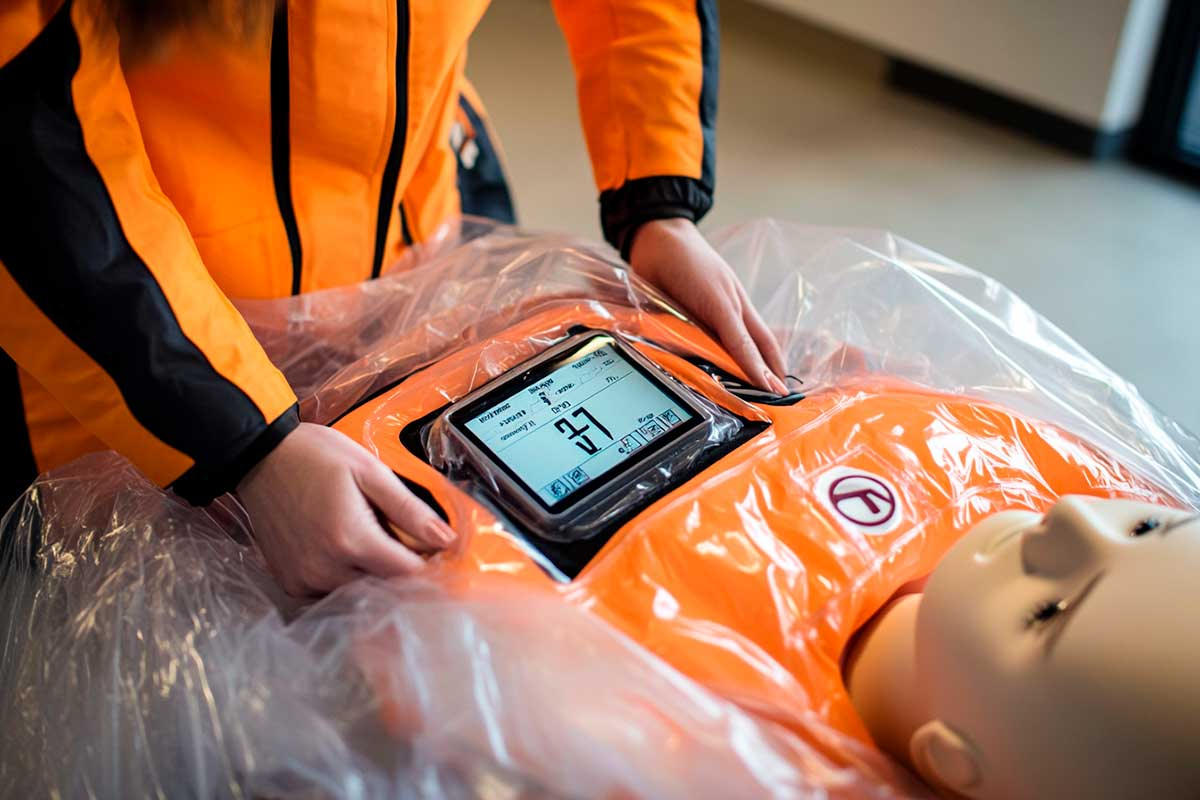What is an Automated External Defibrillator (AED)?
An Automated External Defibrillator (AED) is a portable medical device designed to treat sudden cardiac arrest by analyzing the heart's rhythm and delivering an electric shock if necessary. AEDs are user-friendly, providing step-by-step voice instructions to guide even untrained bystanders through the process of saving a life.
At Clinic Consultation, we emphasize the importance of AEDs being readily available in public and private spaces, as they can significantly increase survival rates during cardiac emergencies.
How Does an AED Work?
Arrhythmia Detection
When the AED pads are placed on a patient's chest, the device immediately begins analyzing the heart's electrical activity. If the AED detects a life-threatening arrhythmia, such as ventricular fibrillation, it prompts the user to deliver a shock. This analysis is automated, ensuring a rapid response in critical situations.
Shock Administration
If a shock is necessary, the AED will charge and instruct the user to press the shock button. This action resets the heart's rhythm, potentially saving the patient's life. The entire process is designed to be quick and efficient, which is crucial when time is of the essence.
The Importance of AEDs in Public and Private Spaces
Immediate Access During Emergencies
Having an AED accessible in high-traffic areas like airports, shopping centers, and gyms dramatically increases the chances of survival for someone experiencing sudden cardiac arrest. Early defibrillation within the first few minutes can boost survival rates by up to 70%.
Clinic Consultation strongly advocates for the installation of AEDs in both public and private settings, as well as promoting training programs to ensure people know how to use them effectively.
Training Programs
While AEDs are designed for ease of use, proper training can enhance the confidence and effectiveness of lay rescuers. Training programs not only teach AED use but also incorporate CPR (cardiopulmonary resuscitation) techniques, which are vital while waiting for professional medical help to arrive.
Clinic Consultation offers first aid courses that include CPR and AED training, ensuring that more people are prepared to act in emergencies.
Maintenance and Operation of AEDs
Preventative Maintenance
To ensure that an AED is always ready for use, regular maintenance checks are crucial. This includes inspecting the batteries and electrode pads. Most AEDs have self-test systems that alert users when maintenance or component replacement is necessary.
At Clinic Consultation, we stress the importance of regular AED maintenance to ensure the device is always in optimal working condition.
Component Replacement
The electrodes and batteries of an AED have a limited lifespan and should be replaced as recommended by the manufacturer. Using expired components can reduce the effectiveness of the AED during a critical moment.
Clinic Consultation advises following the manufacturer’s guidelines strictly to maintain the AED’s readiness.
The Benefits of AEDs in Preventing Sudden Death
Time is Life
In cases of sudden cardiac arrest, every second counts. Immediate use of an AED can prevent brain damage and significantly increase the chances of survival. The device plays a crucial role in delivering rapid intervention while professional medical assistance is on the way.
Clinic Consultation highlights the critical role that quick responses play in cardiac emergencies and how AEDs can be life-saving tools.
Difference Between AEDs and Other Defibrillators
Unlike manual defibrillators, which require specialized knowledge to operate, AEDs are fully automated, making them accessible to everyone. This feature makes AEDs ideal for public spaces and people without advanced medical training.
Clinic Consultation recommends AEDs as practical and effective solutions to enhance safety in both public and private environments.
Conclusion
The Automated External Defibrillator (AED) is an essential device in responding to cardiac emergencies, capable of saving lives by restoring normal heart rhythm in cases of severe arrhythmias. With proper installation and regular maintenance, AEDs can make the difference between life and death in sudden cardiac arrest situations. Clinic Consultation is dedicated to promoting awareness and proper use of AEDs, encouraging the adoption of safety measures in both public and private spaces.
